How To Reactivate A Dry (Dehydrated) Sourdough Starter
5.0
(18)
Your folders
Your folders
Prep Time: 10 minutes
Author : DeannaCat

Ingredients
Export 2 ingredients for grocery delivery
Instructions
Step 1
In a clean pint-size mason jar (or similar) combine 1/2 Tbsp of dried sourdough starter powder or flakes (one H&C package) with 1.5 Tbsp of filtered lukewarm water. Allow the dry sourdough starter and water to sit for several minutes to soften and combine. Use a fork or spoon to stir it on occasion.
Step 2
Add 1 Tbsp of flour. Mix thoroughly. (See consistency notes below)
Step 3
Cover the jar with a lid, beeswax wrap, plate, or other cover to prevent it from drying out. Set the container in a moderately warm location (70 to 75F is ideal). Come back in about 24 hours.
Step 4
Into the same jar as yesterday, add 1 Tbsp of flour and 2 teaspoons of water to the starter. Mix well.
Step 5
Cover the jar or container again, and allow it to sit for another 24 hours.
Step 6
Repeat the same feeding process as Day 2 (1 Tbsp flour and 2 teaspoons water).
Step 7
This time, add 1/3 cup flour and 1/4 cup water to the starter. Mix well.
Step 8
Cover the container and set aside once again. Consider marking the level of the starter after feeding. It should rise quite a bit by this time!
Step 9
Transfer your starter from the mason jar into a clean mixing bowl.
Step 10
Add 1 scant cup of fresh flour (just a hair shy of a cup!) and 1/2 cup of water. Mix thoroughly.
Step 11
Transfer the starter into a new larger container of choice (such as a 1 to 2 liter glass flip-top jar). This will be the starters "forever home". Set it aside at room temperature once again.
Step 12
If your starter is now actively bubbling, rising and falling - congratulations! You have successfully reactivated the dry sourdough starter. When a starter rises to double its size and then stays elevated, that is considered “peak activity” and is ready to bake with. It will deflate after a few hours and need to be fed or refrigerated.
Step 13
To learn how to feed and store you now-active sourdough starter, please refer to our sourdough starter maintenance article (linked in the notes below). If you aren't sure what to do next, put your active starter in the fridge while you do your homework!
Top similar recipes
Curated for youYour folders
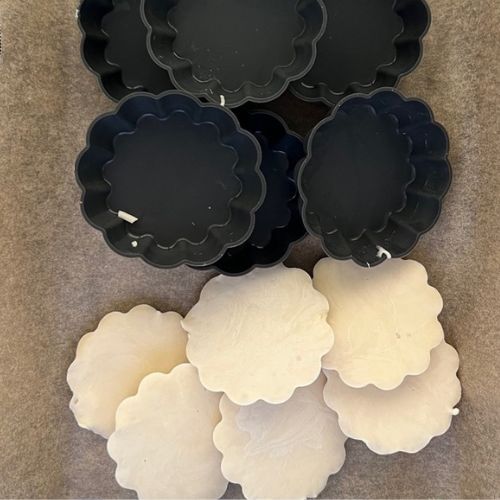
 227 views
227 viewsHow To Freeze Sourdough Starter (an...
pantrymama.com
Your folders
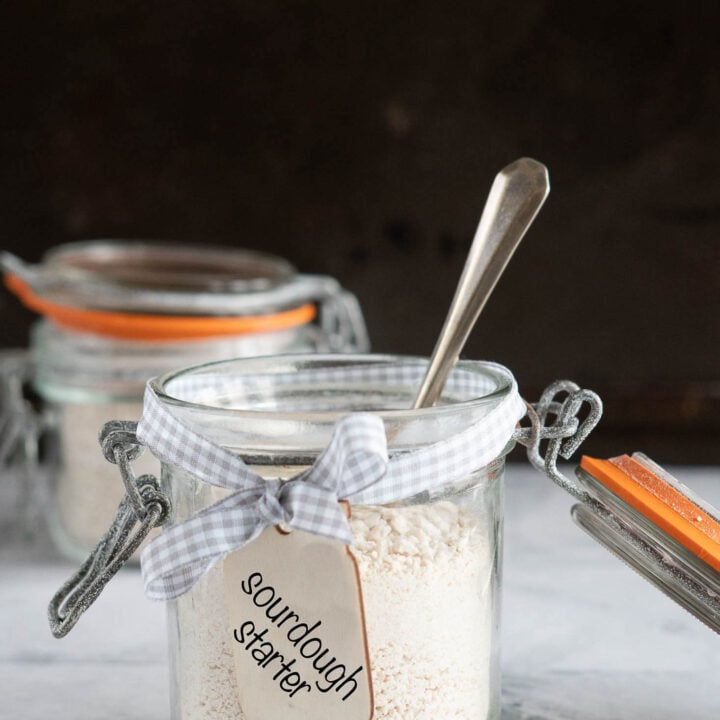
 232 views
232 viewsDehydrated Sourdough Starter
cravethegood.com
5.0
(1)
Your folders
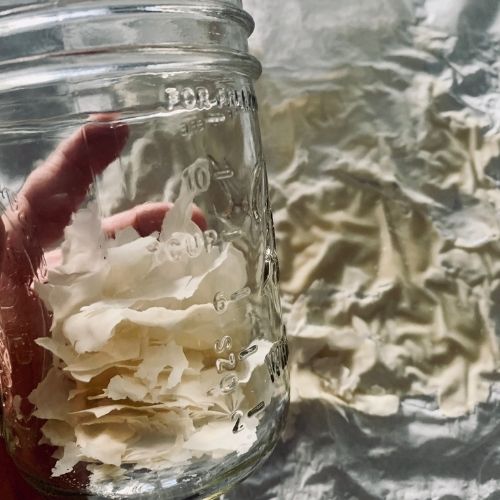
 208 views
208 viewsHow To Dehydrate (Dry) Sourdough St...
pantrymama.com
3.9
(58)
Your folders
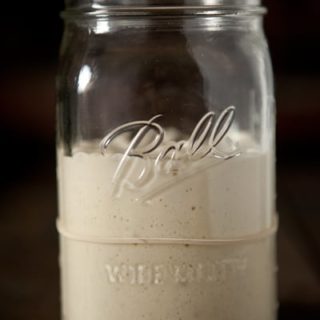
 266 views
266 viewsHow to Make a Sourdough Starter
pinchmysalt.com
4.3
(22)
Your folders

 210 views
210 viewsHow to Make a Sourdough Starter
ourgabledhome.com
4.9
(10)
Your folders
/__opt__aboutcom__coeus__resources__content_migration__serious_eats__seriouseats.com__2020__05__20200512-sourdough-starter-5050rye-full-jar-tim-chin-0931479ce7464ad989fefcfb14654cf0.jpg)
 373 views
373 viewsHow to Make a Sourdough Starter
seriouseats.com
Your folders

 335 views
335 viewsHow to Make a Sourdough Starter
lionsbread.com
Your folders

 198 views
198 viewsHow To Maintain a Sourdough Starter
foodbyjonister.com
Your folders
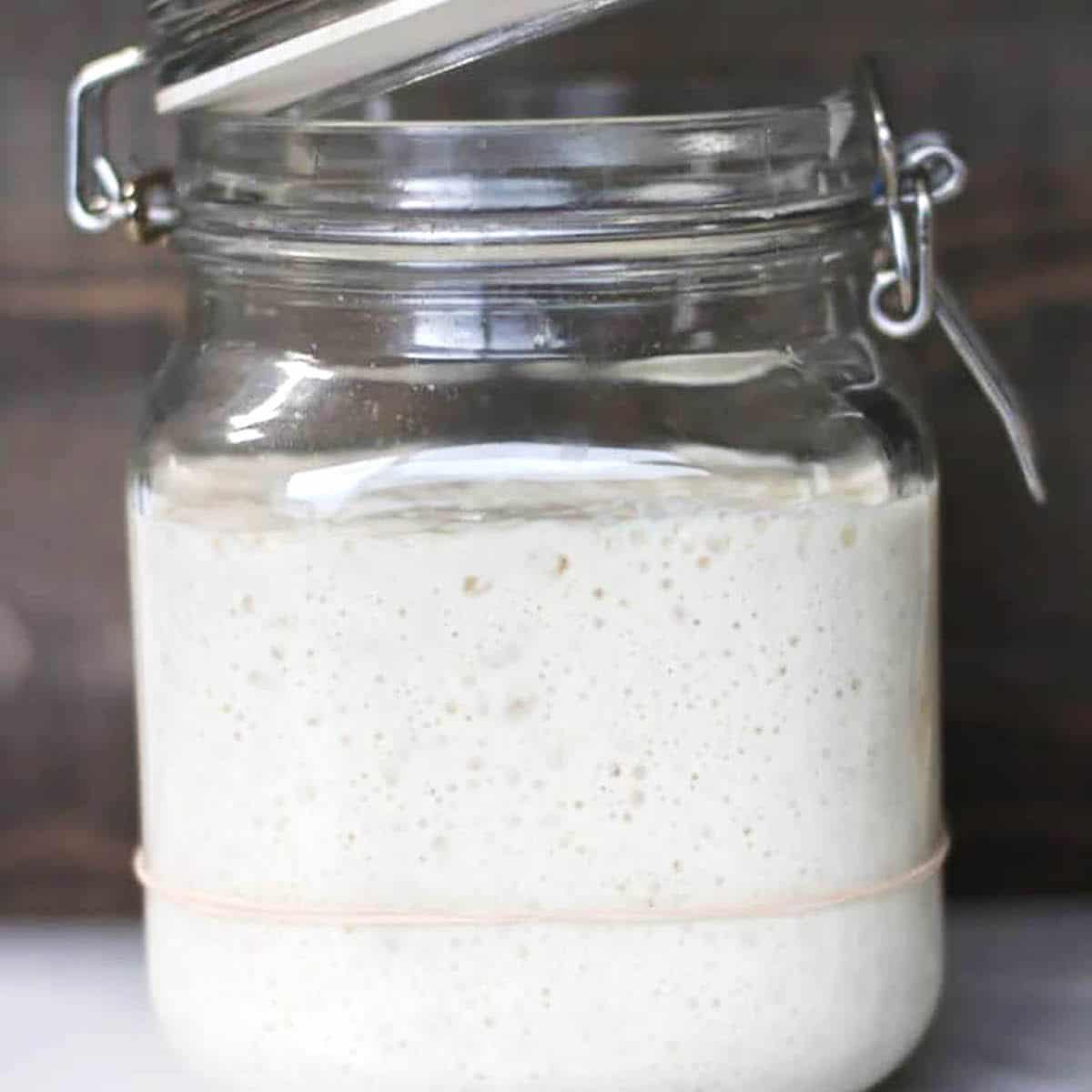
 210 views
210 viewsHow to Make a Sourdough Starter
dirtanddough.com
4.7
(3)
Your folders
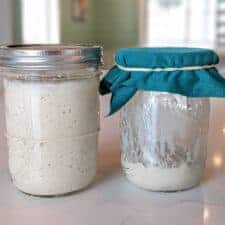
 276 views
276 viewsHow to make a sourdough starter
blessthismessplease.com
5.0
(20)
240 hours
Your folders

 198 views
198 viewsHow to make Dehydrated sourdough st...
theflavorbells.com
5.0
(6)
2880 minutes
Your folders

 130 views
130 viewsHow to Dehydrate (Dry) Sourdough St...
homesteadandchill.com
5.0
(7)
Your folders
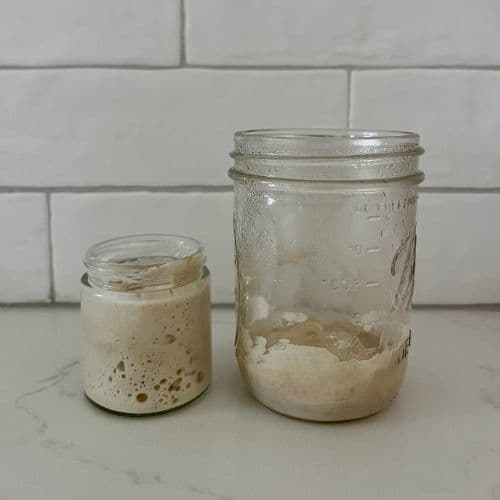
 160 views
160 viewsHow To Make A Small Sourdough Start...
pantrymama.com
3.7
(25)
Your folders

 143 views
143 viewsHow to make a sourdough bread start...
theirishmanswife.com
5.0
(3)
Your folders
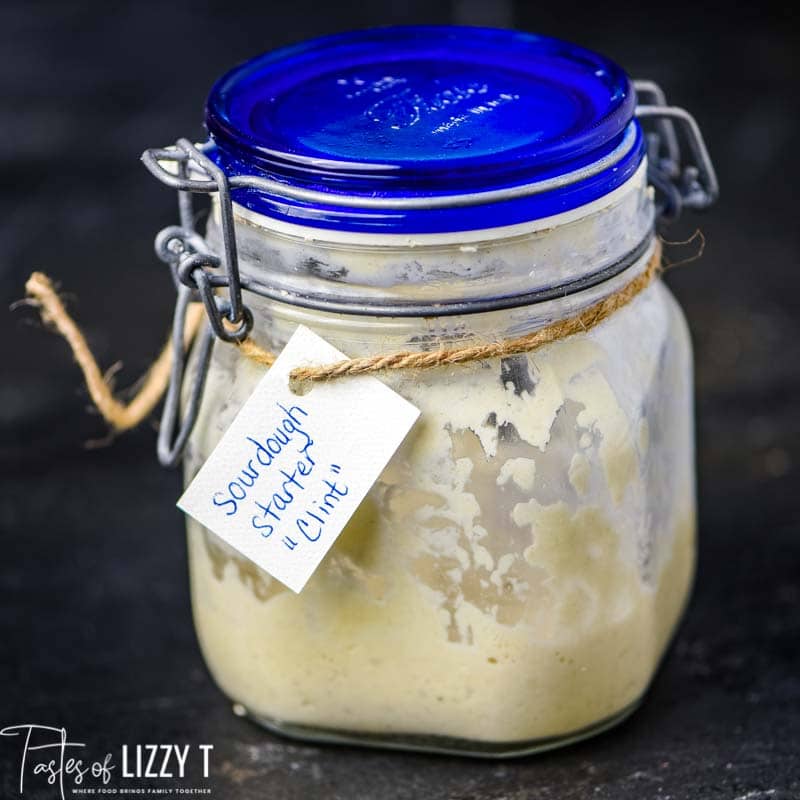
 278 views
278 viewsHow to Make Sourdough Starter
tastesoflizzyt.com
4.8
(29)
Your folders
 465 views
465 viewsHow To Make Sourdough Starter
themodernproper.com
Your folders
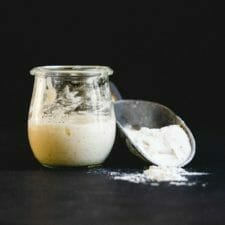
 533 views
533 viewsHow to Feed Sourdough Starter
acouplecooks.com
3.7
(64)
Your folders
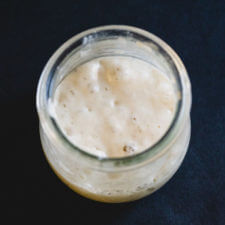
 542 views
542 viewsHow to Make Sourdough Starter
acouplecooks.com
3.8
(259)
120 hours
Your folders
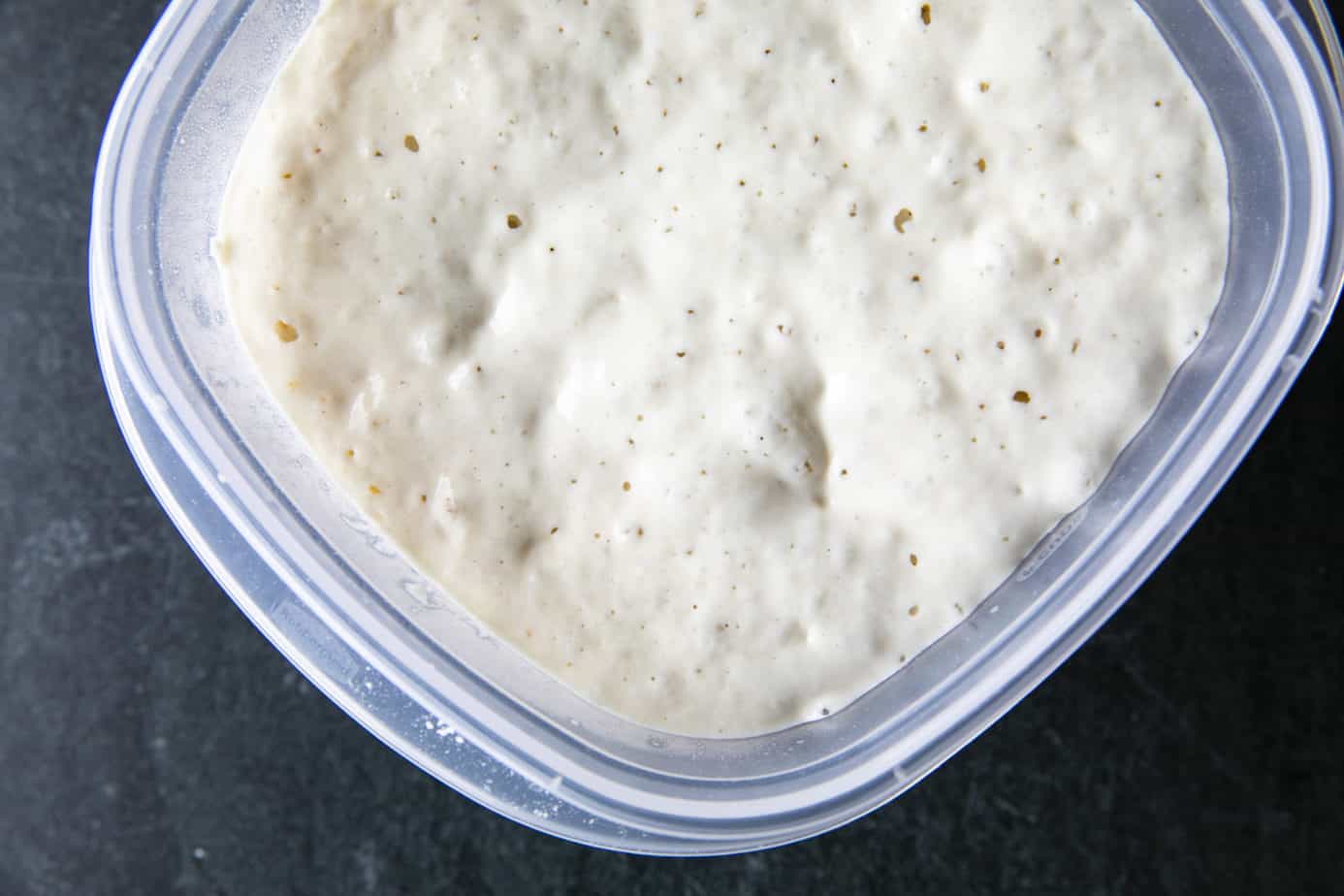
 239 views
239 viewsHow to Make Sourdough Starter
foodiewithfamily.com
5.0
(3)